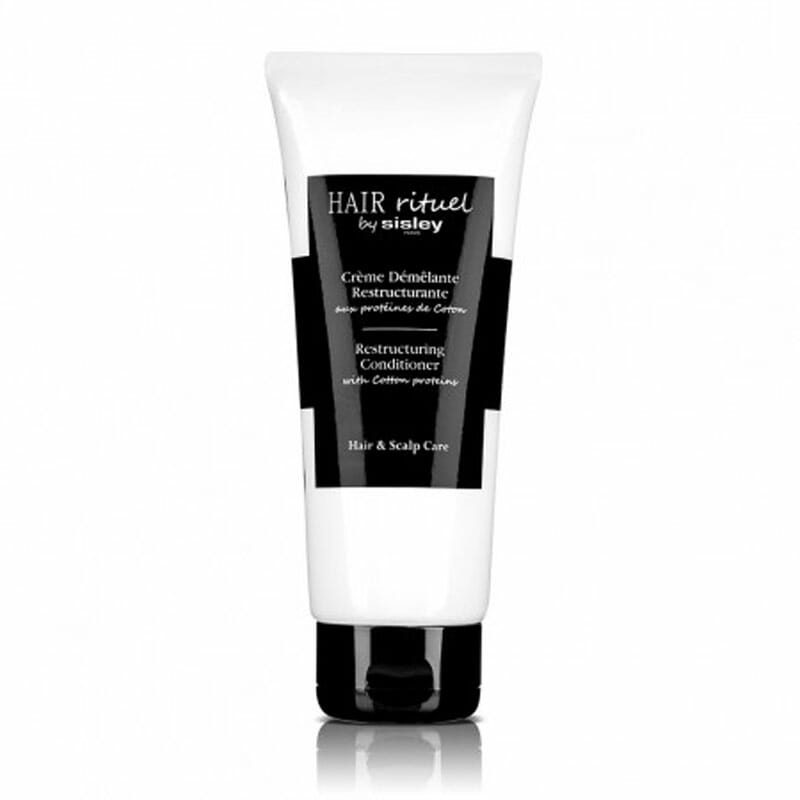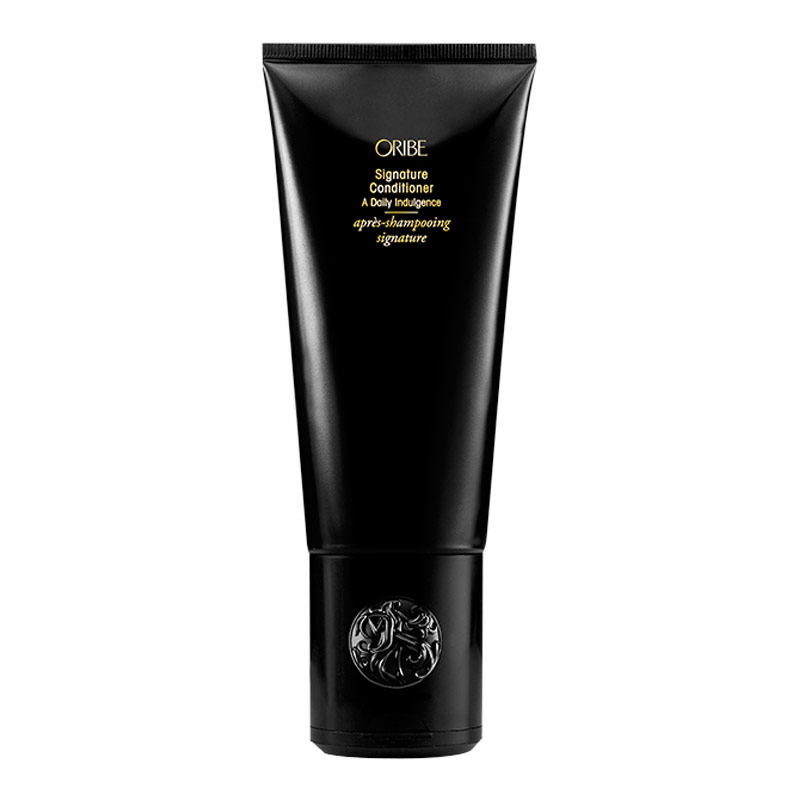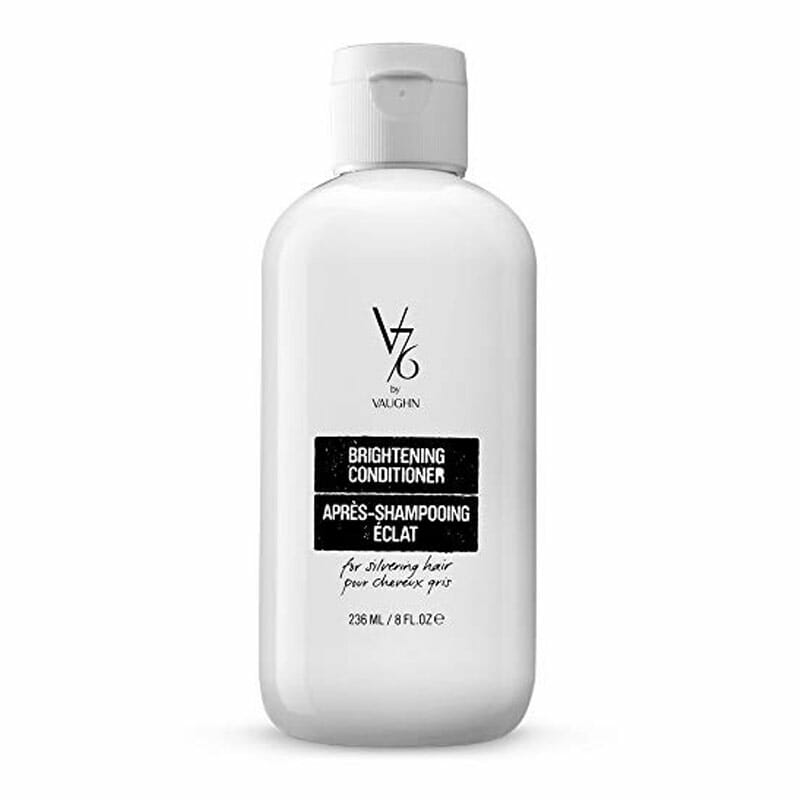I wish someone had told me about the wonders of conditioner when I had a full head of hair. I spent so many of my younger years with big, poofy mushroom hair, unaware of the fact that I was overdrying it with every single wash — which I did every single day, no less. Little did I know how damaged my hair was, and how much conditioner could have done to relieve the matter. The few times I attempted using conditioner, mostly out of curiosity, I never understood why it refused to lather. It just plopped into my hair, didn’t move anywhere, so I would rinse it out without getting any of the benefits. “Pointless,” I would think to myself. I was so naive!
Now, I’ve got half the hairs, and my habits have changed dramatically for the better. It’s probably once every two weeks that a drop of shampoo greets my hair, but I’m conditioning daily — if not twice daily. And for many reasons:
Conditioner keeps hair soft, healthy and stylable. Since shampoo strips the hair of all its oils — the excess buildup and the necessary oils that keep hair hydrated — it, in turn, leave the hair brittle and frayed. Conditioner, on the other hand, pumps nutrients and hydrating ingredients back into each strand, reinvigorating and restoring it to a more presentable state.
Conditioner helps rinse out the grime and product buildup. Have you heard the term ‘co-washing’? It’s the idea that using conditioner can often do the main task of shampoo — lifting away the gunk that coats your hair — and help flush it away when you rinse.
In theory, a warm rinse should also suffice most days, especially if you’re using water-soluble products. Your hair will be a little more texturized than if you shampooed it, but that’s a benefit. It gives your hair definition and density — which is also great if your hair isn’t as full as it used to be. Sure, shampoo can give it a little excess volume, but at the expense of stripping your strands of moisture. (Instead, just substitute a dry shampoo spray into your rotation in the mornings, to absorb unwanted grime and plump things up.)
Conditioner soothes your scalp, too. It’s not a remedy for dandruff, but it will calm and nourish your head just as much as the hairs — the opposite effect of sulfate-rich shampoos that overdry everything in the wake.
Conditioner has no real downside. It’s like being addicted to water. Sure, you can poison yourself by drinking too much water, but we’re talking lots of water. You’re never going to get into dangerous territory with conditioner.
To apply it successfully, just use an ample amount — a quarter-sized dollop should suffice — and spread it evenly into your palms, then apply it to your wet hair with more of a pat-down method. Distribute it around the crown as evenly as you can, then massage it in. This should help you get around the fact that it doesn’t lather.
That lack of lather is a good thing, by the way, since it’s the sulfate-rich lather in shampoos that fries your hairs. As a side note, try to buy sulfate-free shampoos that label themselves as ‘hydrating’ to cause the least amount of damage. And, as a final disclaimer, try to avoid 2-in-1 shampoo-conditioners. You can use them as your shampoo (since they’re trying to be the same thing as a hydrating conditioner), but don’t use them more than a couple times per week, and always follow them with a standalone conditioner.
A conditioner should always be the final step in your hair care regimen since it helps to restore hair to its pre-wash state. A 2-in-1 shampoo-conditioner negates that. You should use conditioner daily, no matter if you’re shampooing (which I hope you’re only using once or twice a week, or even less than that. Your hair won’t be greasy or grimey if you use the conditioner instead, I promise.)
And with that, here are four conditioners I love, and that I think you will, too.





